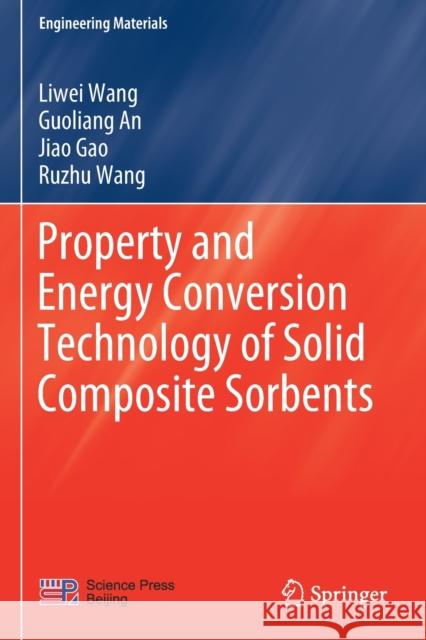Property and Energy Conversion Technology of Solid Composite Sorbents » książka
topmenu
Property and Energy Conversion Technology of Solid Composite Sorbents
ISBN-13: 9789813360907 / Angielski / Miękka / 2022 / 304 str.
Property and Energy Conversion Technology of Solid Composite Sorbents
ISBN-13: 9789813360907 / Angielski / Miękka / 2022 / 304 str.
cena 362,27
(netto: 345,02 VAT: 5%)
Najniższa cena z 30 dni: 346,96
(netto: 345,02 VAT: 5%)
Najniższa cena z 30 dni: 346,96
Termin realizacji zamówienia:
ok. 22 dni roboczych
Dostawa w 2026 r.
ok. 22 dni roboczych
Dostawa w 2026 r.
Darmowa dostawa!
Solid chemisorption technology is an effective form of energy conversion for recovering low-grade thermal energy, but limited thermal conductivity and agglomeration phenomena greatly limit its performance. Over the past 20 years, researchers have explored the use of thermal conductive porous matrix to improve heat and mass transfer performance. Their efforts have yielded composite sorption technology, which is now extensively being used in refrigeration, heat pumps, energy storage, and de-NOx applications. This book reviews the latest technological advances regarding composite solid sorbents. Various development methods are introduced and compared, kinetic models are presented, and different cycles are analyzed.
Given its scope, the book will benefit experts involved in developing novel materials and cycles for energy conversion, as well as engineers working to develop effective commercialized energy conversion systems based on solid sorption technology











